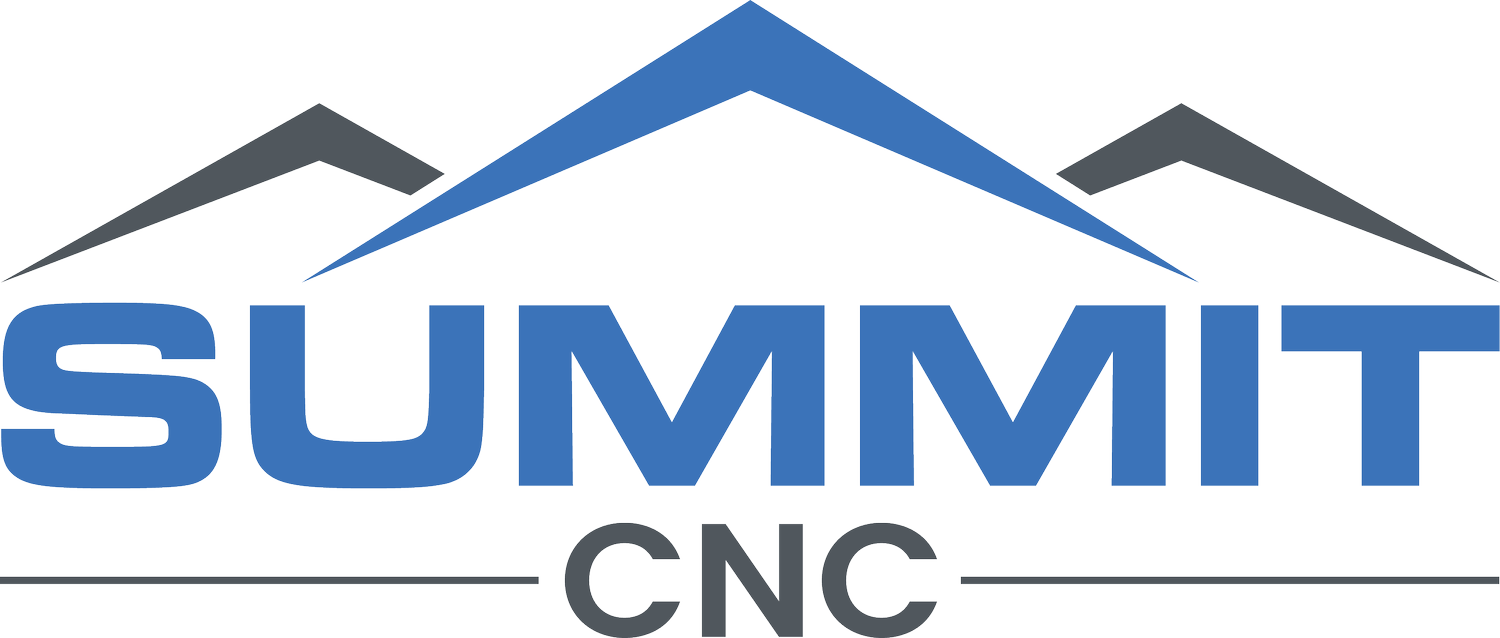Design for Manufacturing (DfM) Best Practices for CNC Machined Parts
When you come to our Denver CNC machine shop for machining services, we want you to get the best quality parts quickly and cost-effectively.
We’re committed to doing everything we can on our end to achieve this goal. But there are also steps customers can take to optimize their CNC machined parts, such as designing in accordance with standard Design for Manufacturing (DfM) best practices.
6 Design for Manufacturing Best Practices for CNC Machined Parts
You may need to deviate from these guidelines at times to meet the functional requirements of your machined parts. However, whenever possible, we recommend incorporating these DfM best practices:
1. Keep wall thicknesses greater than 0.02"
Designing thin walls is one common technique for reducing weight in a CNC machined part, a key consideration for many aerospace, automotive, and transportation applications. The problem is that thin walls are prone to becoming brittle and breaking. Keep all wall thicknesses greater than 0.02” (the thicker the better).
2. Avoid deep pockets with sharp corners
With CNC machining, it's virtually impossible to produce sharp corners with no radii parallel to the length of the cutting tool. Furthermore, deep pockets with exceedingly small corner radii are difficult to machine, requiring long reach tools that can drive up cost and lead time. We recommend designing radii into all internal corners and ensuring the corner radii are at least 0.0625”.
3. Limit pocket depths to no greater than 6x the smallest radii of the pocket corners
When pockets are deeper than 6x the smallest corner radii of the pocket corners, we have to use long reach cutting tools, which are susceptible to breakage and increase machining time and cost. When possible, limit pocket depths to no more than 6x the smallest internal corner radii so they can be machined quickly and cost-effectively with standard tooling.
4. Avoid complex aesthetic features
Designing complex features into your machined parts for purely aesthetic reasons adds cost and lead time to a project. When optimizing parts for CNC machining, design for functionality above all else. Consider updating your design if intricate geometries aren't critical to the part's end-use application.
5. Include chamfers instead of fillets
Whenever possible, it’s best to design chamfers rather than fillets as exterior features on your CNC machined parts. Machining a fillet requires a complex and dynamic 3D tool path or less common corner rounding tools. On the other hand, chamfers are much easier to machine with chamfer mills, keeping programming and machining times to a minimum.
6. Avoid non-critical tolerances less than +/- 0.005"
Achieving precision tolerances down to +/- 0.001” or less is possible for many CNC machined part features, however, doing so may require the use of new tools and / or extra setup time to adjust tool wear offsets on the machine tool. Naturally, this will increase the cost, and potentially lead time, for your parts.
When you need high quality CNC machined parts on-time, our Denver machine shop is here to help. Submit a request for a quote today!

